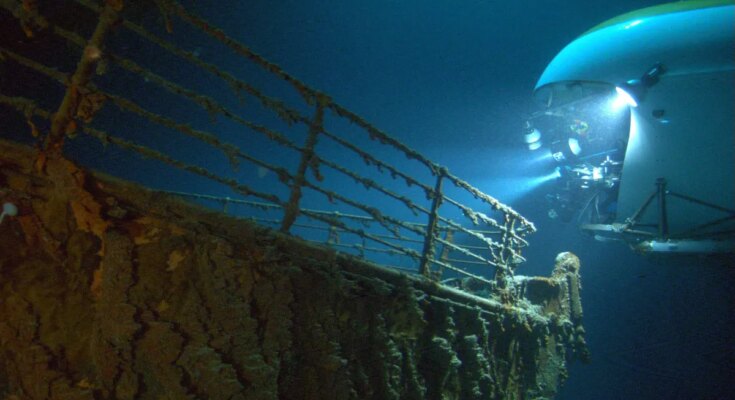Is there any form of international control over known shipwrecks?
This risk is grossly underestimated: we don’t always know which shipwrecks are being looted. We hardly know which shipwrecks were destroyed by trawls. Our negligent treatment of the oceans is also evident here. We can zoom in on any region of the world using Google Maps, but when it comes to the oceans, we know almost nothing. Let’s take the example of the Baltic Sea, which is quite easy to manage: Even there, new shipwrecks are constantly being discovered.
Without the ocean, our current world would be unthinkable.
We treat the oceans very badly considering how important they are to us. Seas and oceans play an important role in global climate; World trade is actually conducted through them. Humans have been seafaring for thousands of years, and once upon a time our ancestors traveled using simple tree trunks. And there’s more: Homo erectus may have reached Crete by water. At least this is what the found artifacts show.
Keyword artifacts: How should large numbers of shipwreck findings be handled?
Not everything can be saved. Any museum would be overwhelmed by the sheer volume. Findings that tell us something about the past are very important. Don’t get me wrong, but I have much less objection to professional companies searching for shipwrecks for commercial purposes than some of my colleagues. If 30,000 nearly identical vases from China’s Ming Dynasty were found in a shipwreck, why shouldn’t such a company sell 20,000 vases if all scientific rules are followed? The rest can go to the museum. It’s still better than robbers or nets. They left nothing left of the ruins.

Almost nothing remains of the Imperial Navy submarine “U 16”, which was lifted by the German Waterways and Shipping Authority (WSA) from Scharhörn last August. The wreck was supposed to be scrapped, but broke up while being salvaged.
This is an incredible scandal and should not have happened. This is kind of a disaster for research and in our own waters. The WSA thought they could remove the historically important shipwreck, but the monument protection department was not even consulted beforehand. But that’s why there is an archaeological authority in Germany; they decide what is of historical value and what is not. At least the wreckage will now be on display.
But the best storage place for finds remains the seabed, where sediment preserves most things?
That’s right. As soon as we build something, the fight against decay begins. Corrosion due to contact with oxygen is a major problem. However, preservation is complicated and expensive. That’s why you have to plan carefully what you take and why. The items on “Titanic” alone numbered in the millions; It is impossible to imagine what is in all the shipwrecks in the world.
Let’s take the Swedish “Mars” as an example, she was the largest warship in Europe until it sank in 1564. Her height was 80 meters, which was tiring to work on. We had a cannon with us then, but not just any cannon: the barrel had exploded, which shows how dramatic the battle in which the “Mars” exploded was.
Is there some kind of longing wreck you’d like to find?
Who knows what surprises are still out there. It would be great to find a Viking ship off the coast of Greenland. It would be a sensation. We know that the Vikings sailed there and lived there, but not a single ship of theirs has been found there. If there are.
Mr. Huber, thank you very much for the interview.


